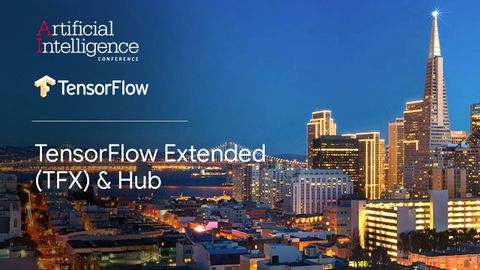
字幕と単語
TensorFlow Extended (TFX) & Hub (TensorFlow @ O'Reilly AI Conference, San Francisco '18) (TensorFlow Extended (TFX) & Hub (TensorFlow @ O’Reilly AI Conference, San Francisco '18))
00
林宜悉 が 2021 年 01 月 14 日 に投稿保存
動画の中の単語
エネルギーを使用
すべての単語を解除
発音・解説・フィルター機能を解除
